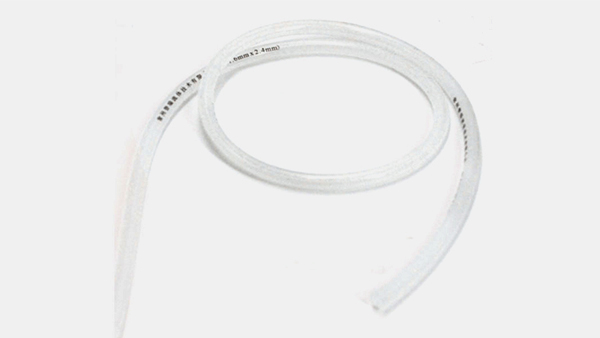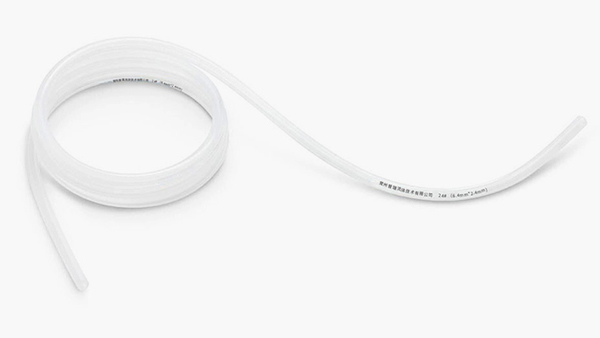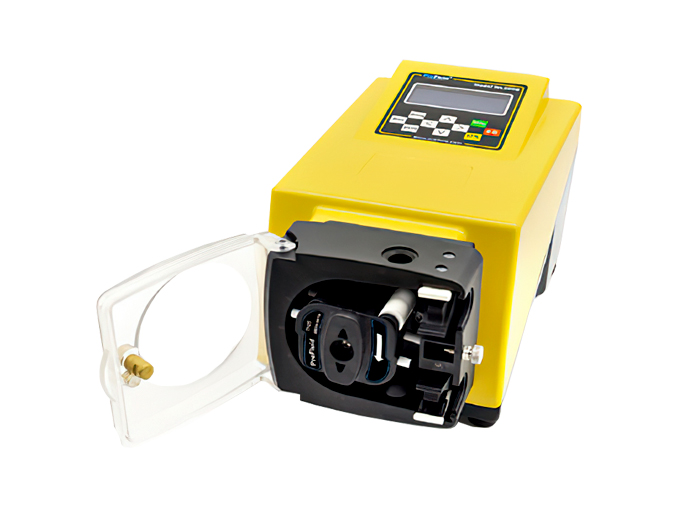1. Common reasons for jamming
High liquid viscosity ? : high viscosity liquid will increase the friction between the hose and the roller, resulting in rubber tube deformation or stuck ?.
Pipe/hose blockage ? : obstructed flow caused by foreign matter deposition, hose folding or internal rupture ?.
Hose installation error ? : hose is not embedded in the middle of the roller, causing the roller to not effectively squeeze or wear the hose ?.
Pump head mechanical failure ? : roller bearing rust, shaft stuck, or internal corrosion of the pump head resulting in poor operation ?.
Improper parameter setting ? : the pressure valve is underregulated, the flow rate is underset, or the operating direction is incorrect ?.
Second, quick solutions
Basic troubleshooting and emergency handling ?
Stop the machine immediately, check whether the power connection and safety are normal, and troubleshoot the power supply problem ?.
Turn the pump head roller manually. If it cannot turn, remove the pump head to clean the foreign matter or lubricate the bearing ?.
Cleanup and adjustment operations ?
Remove pump head and flush lines and hoses with high pressure water gun to remove any blockage (especially bends)?.
Reinstall hose, making sure it is fully embedded in the middle of the roller and not twisted, cut to standard length (e.g. 290mm for clear pump case, 152mm for black pump case)?.
Parts maintenance and replacement ?
Replace aging and damaged hoses with wear-resistant materials that are resistant to high viscosity liquids.
If the pump head is corroded or the roller shaft is damaged, replace the pump head with a new one or repair the roller assembly ?.
Parameter optimization and operation control ?
Adjust the pump head pressure valve to a reasonable range (refer to the equipment instructions) and ensure that the roller squeezes the hose with appropriate force ?.
Reduce liquid viscosity (e.g. heating or dilution) or use intermittent operation mode to avoid continuous high load ?.
Iii. Preventive measures
Clean pipes and hoses regularly to avoid residue buildup ?.
Check hose elasticity and pump head bearing status every 3-6 months, and replace the lost parts ? in time.
For the high-viscosity liquid conveying task, the large-flow peristaltic pump is preferred and the maintenance cycle is shortened ?.


